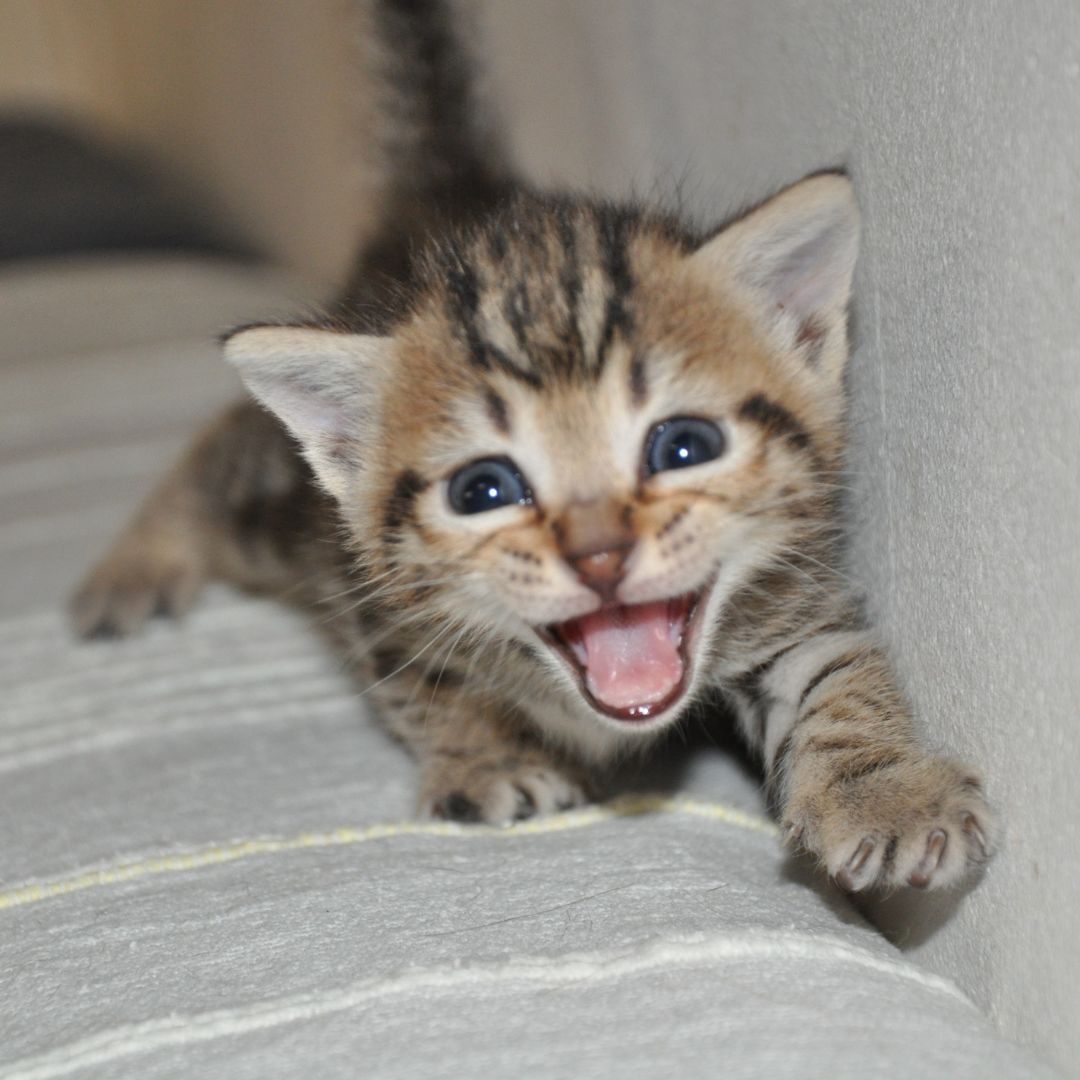
How to Deal with a Hyperactive Cat
Share
Having a hyperactive cat can be both entertaining and exhausting. While their playful antics are often endearing, excessive energy can sometimes lead to destructive behavior and stress for both the cat and the owner. Here are some effective strategies to manage and channel your hyperactive cat's energy.
1. Provide Plenty of Playtime
Hyperactive cats need regular playtime to expend their energy. Interactive toys like feather wands, laser pointers, and catnip-filled toys can keep them entertained. Aim for multiple play sessions throughout the day, especially before bedtime, to help them wind down.
Tip: Rotate toys to keep your cat's interest piqued. Introduce new toys periodically to prevent boredom.
2. Create an Enriching Environment
Cats thrive in environments that stimulate their natural instincts. Provide climbing trees, scratching posts, and perches to give them opportunities to explore and exercise. Puzzle feeders and treat-dispensing toys can also engage their minds and bodies.
Tip: Set up a cat-friendly space near a window where they can watch birds and outdoor activity. This visual stimulation can be very engaging for indoor cats.
3. Establish a Routine
Cats are creatures of habit. Establishing a consistent daily routine for feeding, playtime, and sleep can help
manage their energy levels. Predictability can reduce anxiety and hyperactive behavior.
Tip: Stick to the same times for meals and play sessions to create a sense of security for your cat.
4. Encourage Independent Play
Not all playtime has to involve you. Set up activities that your cat can enjoy on their own. Automatic laser toys, battery-operated mice, and interactive ball tracks can keep your cat busy when you're not available.
Tip: Hide treats or toys around the house for your cat to discover. This can simulate a hunting experience and keep them engaged.
5. Consider a Companion
If your hyperactive cat is the only pet in the household, they might benefit from a playmate. Another cat can provide companionship and help burn off excess energy through play and interaction.
Tip: Ensure proper introduction techniques when bringing a new cat into the home to minimize stress for both animals.
6. Use Calming Aids
In some cases, hyperactivity can be a sign of anxiety. Calming aids like pheromone diffusers, calming collars, or supplements might help soothe your cat. Consult with your vet before using these products to ensure they are safe and appropriate for your cat.
Tip: Create a quiet, cozy space where your cat can retreat and feel safe. Soft bedding, hiding spots, and gentle background noise can create a calming environment.
7. Monitor Diet and Health
A well-balanced diet can impact your cat's energy levels. Ensure they are getting high-quality food appropriate for their age and health. Avoid feeding too much high-calorie or carbohydrate-rich food, which can contribute to hyperactivity.
Tip: Schedule regular vet check-ups to rule out any underlying health issues that might be causing excessive energy or hyperactivity.
Conclusion
Dealing with a hyperactive cat requires patience and understanding. By providing ample physical and mental stimulation, maintaining a routine, and considering their health and dietary needs, you can help your cat lead a balanced and happy life. Remember, a well-exercised and stimulated cat is a content and well-behaved companion.
